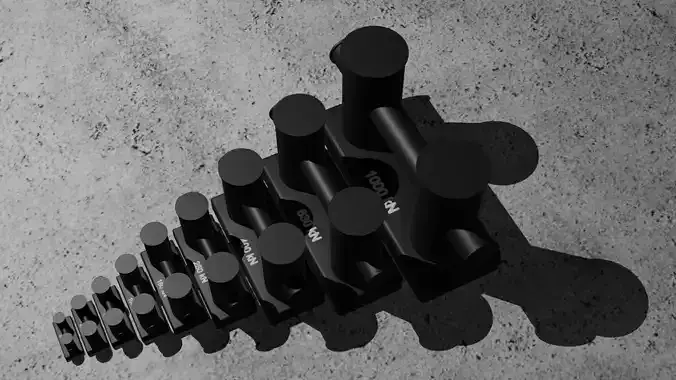1/4
A bollard (from Dutch knecht - “peg, hook in rigging”, obsolete kneck, kneck) is a paired bollard with a common base on the deck of a ship, used for fastening cables (moorings). Wooden bollards were also installed on sailing ships, but on metal ships bollards are paired round metal bollards cast together with a base, firmly attached to the deck plate. Metal bollards are usually hollow, steel or cast iron, rarely copper. Part of the construction of bollards are flats and troughs that prevent the cable from slipping upwards. According to the design, there are straight bollards and cross bollards, which have a horizontal rigid connection between the bollards. On deck, bollards are installed near the fairleads at the bow and stern and along the sides of the vessel. The bollards are used for securing the cables laid in “figure-eights” when mooring (mooring bollard) or towing (towing bollard), and historically anchor cables were also attached to them. On sailing ships, bollards were equipped with pulleys for tensioning and fastening some of the “running” rigging gear.
REVIEWS & COMMENTS
accuracy, and usability.




